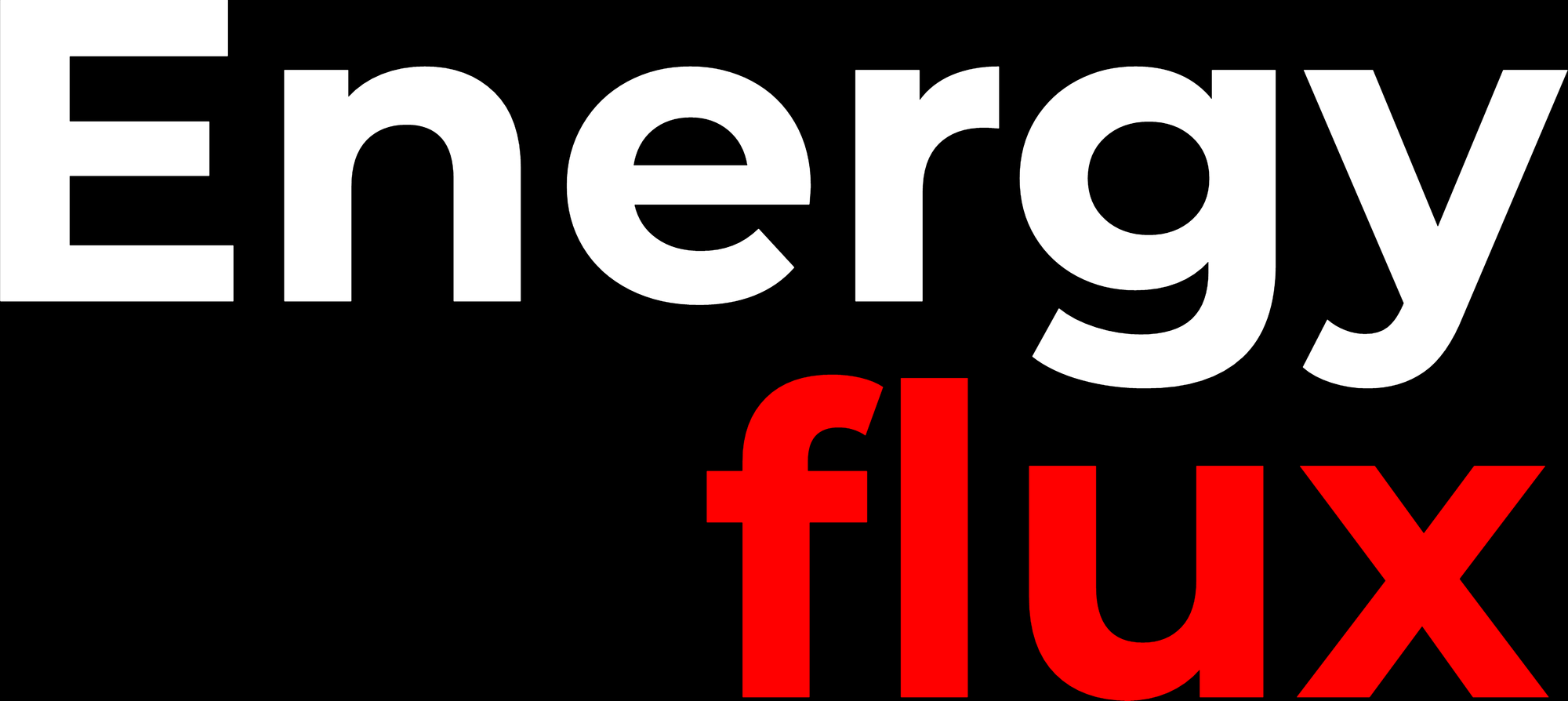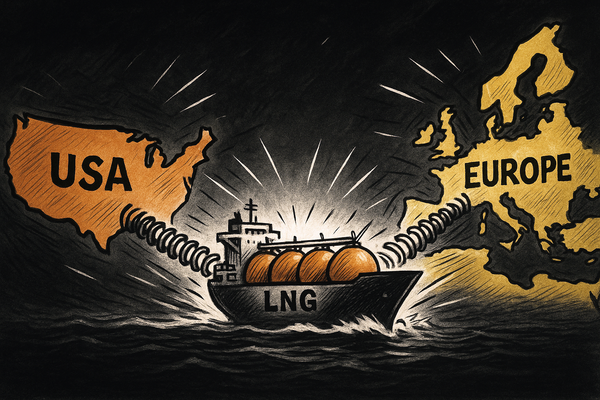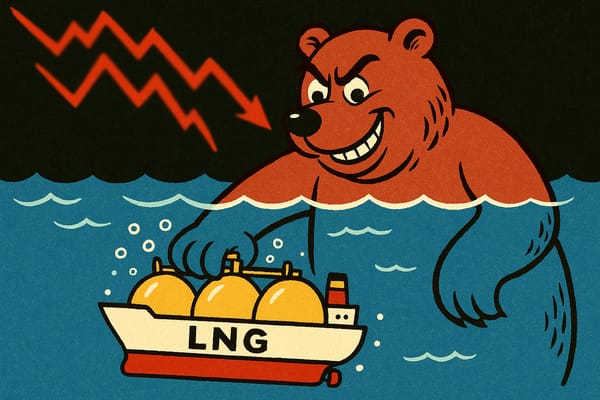Industrial (in)action
Global gas prices fell even as Australian unions set a date to strike. What gives? EU LNG chart deck: 28 Aug-1 Sep 2023


Member discussion: Industrial (in)action
Read what members are saying. Subscribe to join the conversation.





